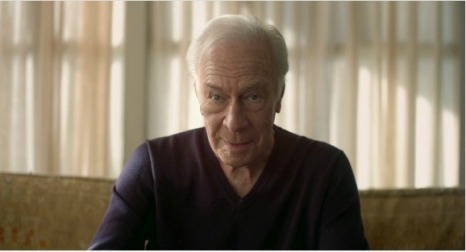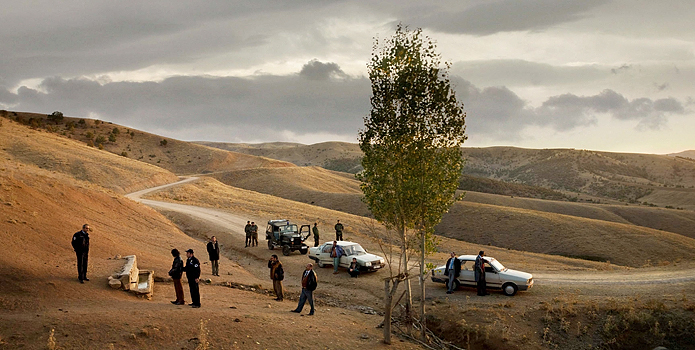The shorts categories at the Oscars are always the most boring part of the endlessly long ceremony, unless you can crack jokes at how the “God of Love” director probably got a B on his student film, didn’t get a haircut and then won a friggin’ Oscar for it.
But it’s not just for the reason that you typically can’t see the films. It’s for the reason that, even if you did track down the films, why when you could only watch them on a junky 360i YouTube screen, would you even want to watch them?
Seeing the Oscar Nominated Shorts in a theater, with an audience, all in a row, you can begin to sense their quality, charm and ingenuity.
Animated
Watching the five animated shorts, I was struck by how clever, artistic, original and purely cinematic they all were.
Only one of the five has dialogue, and only two of the five are entirely computer generated.
I asked myself why Pixar or DreamWorks don’t make films that experiment with animation styles considering how artistic something in two dimensions can actually be. That was until I actually saw the Pixar short, “La Luna.”
La Luna
Pixar has outdone themselves. They make gorgeous films that everyone can agree are gorgeous, and the story of a boy out with his father and grandfather on a boat is cute and affecting in a less exploitative way than fellow nominee “The Fantastic Flying Books.” The family job is to climb up to the moon and sweep some shimmering stars around to form the curvature of the moon each night. Coupled with astonishing images, “La Luna” is a film that encourages exploration, hard work, family ties and individuality, which is likely a lot more than you can say about “Cars 2.” This is the short that should win, and maybe it still has a fighting chance. It would be the first time in 11 years to win since 2001’s “For the Birds.”
The Fantastic Flying Books of Mr. Morris Lessmore
This film has been cleaning up animation awards left and right, it’s got a cool looking interactive iPad app to go along with it and it’s got the pedigree of children’s author and illustrator William Joyce to boot. And as lovely, colorful and sweetly saccharine this story about the joy of reading is, the whole film feels like a PSA for reading. It not so subtly illustrates that to read brings books alive, brings color into the world and grows old with you. It’s a message that parents and children will eat up, and so will the Academy. It’s my pick to win.
Dimanche (Sunday)
“Dimanche” is a darkly funny and yet inventively irreverent story of a boy who flattens coins on train tracks. It’s underscored in notoriously simple and exaggerated black and white, pencil drawn, cel animation. In this way, director Patrick Doyon creates a morbidly bleak world where all the adults are monstrous vultures like the obtuse crows crouching over the town’s train tracks. It’s got an almost twisted ending that might keep it away from Academy voters however.
A Morning Stroll
Why did the chicken cross the road? To experiment with animation styles of course. Grant Orchard and Sue Goffe’s film is about shapes, times and perspectives all illustrated through one odd short story of a chicken walking down the street, pecking on a door and disappearing inside. In 1959, the animation is one-dimensional. In modern day, it’s in color and 2D, and the CGI image of 3D 2059 is too hilariously gruesome and disturbing to spoil here. Watching that ending, I’d be shocked to see if it really is Oscar bait. But let me just say this: I want the Zombie Breakdance app.
Wild Life
“Wild Life” comes from former nominees Amanda Forbis and Wendy Tilby, and although it’s set in Canada, it’s a lush, colorful Western. The images are constantly moving oil paintings with a lovingly intimate look. Its initially cute and folksy dialogue evolves into something with actual pathos that is lacking in the other whimsical shorts.
Also packaged with the Oscar nominated shorts were four others that made the short list, “The Hybrid Union,” “Nullarbor,” “Amazonia” and the absolutely drop dead hilarious, viral video worthy “Skylight.” That’s the one you should really try and find on YouTube. Continue reading “2012 Oscar Nominated Shorts”



